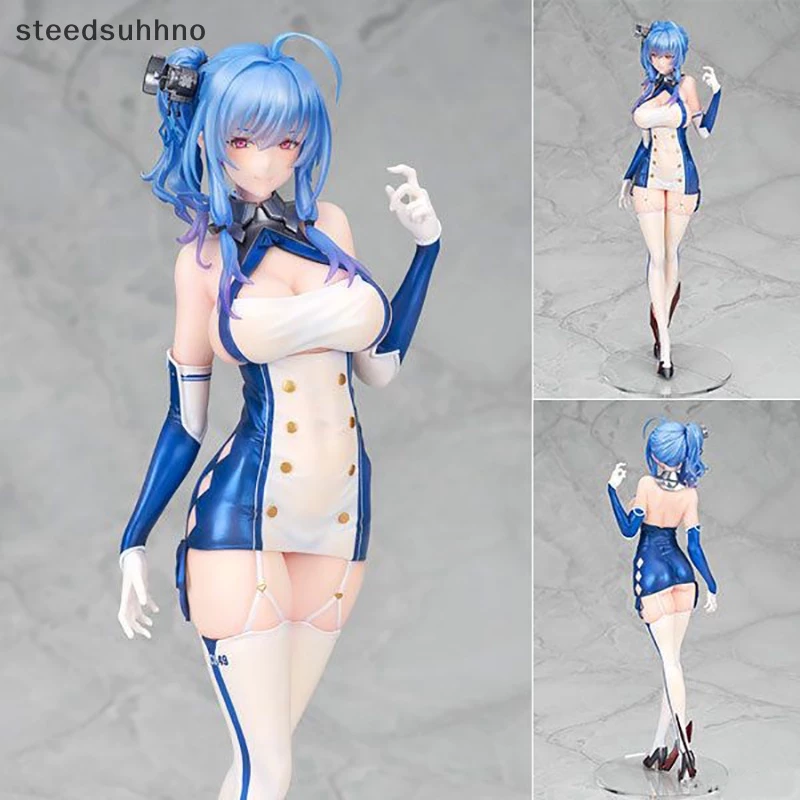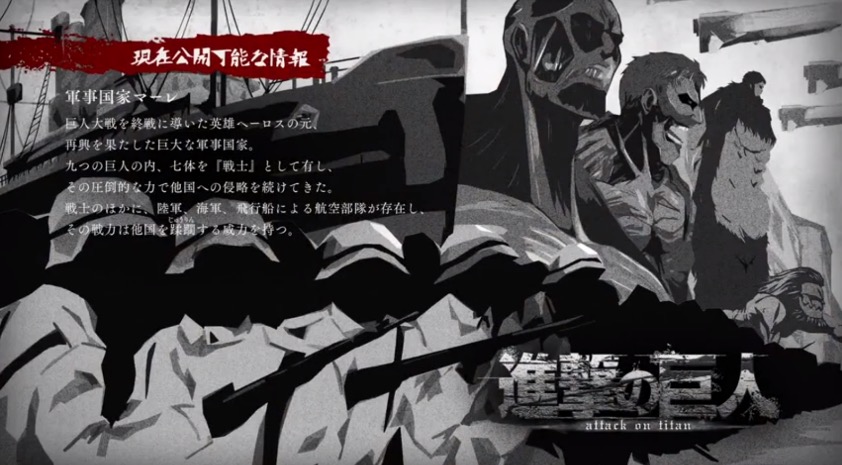Trò chơi nhập vai

Trò chơi nhập vai (trong tiếng Anh là role-playing games', viết tắt là RPGs) xuất phát từ trò chơi nhập vai bút-và-giấy [1] Dungeons & Dragons. Người chơi diễn xuất bằng cách tường thuật bằng lời hay văn bản, hoặc bằng cách ra các quyết định theo một cấu trúc đã được định sẵn để phát triển nhân vật hay tình tiết [2]. Các hành động của người chơi có thể hoặc không tuân theo một hệ thống các quy định và hướng dẫn[3].
Các dạng ban đầu của trò chơi nhập vai gồm trò chơi với bút và giấy, hay trò chơi nhập vai sống với sự diễn xuất của cả cơ thể người chơi[4]. Trong cả hai trường hợp, một quản trò đóng vai trò thiết lập các quy tắc và trọng tài, trong khi mỗi người chơi vào vai một nhân vật.[5]
Trò chơi nhập vai cũng bao gồm các trò chơi điện tử nhập vai, hay các trò chơi nhập vai trực tuyến nhiều người chơi. Trong hai dạng này người ta chú trọng đến cuộc phiêu lưu cá nhân nhiều hơn là tính kể chuyện như trong trò chơi nhập vai với bút và giấy.[6][7]
Mặc diều có nhiều hình thức khác nhau, vài dạng trò chơi như trao đổi thẻ bài hay trò chơi chiến trận không được xếp vào trò chơi nhập vai. Hoạt động của trò chơi nhập vai đôi khi có thể xuất hiện trong các trò chơi như vậy, nhưng nó không phải là trọng tâm chính.[8] Thuật ngữ này cũng thường được dùng để mô tả các trò chơi nhập vai giả lập và bài tập sử dụng trong giảng dạy, đào tạo và nghiên cứu.
Mục tiêu trò chơi
[sửa | sửa mã nguồn]Hoàn thành cốt truyện trong trò chơi. Trong vai trò của một nhân vật, người chơi phải giúp cải thiện nhân vật mạnh dần lên theo chiều hướng cốt truyện. Từ đó, trò chơi sẽ hoàn thành do người chơi làm chủ
Quản trò
[sửa | sửa mã nguồn]Một đặc trưng trong các trò chơi nhập vai là quản trò, một người chơi đặc biệt có nhiệm vụ trình bày các thiết lập hư cấu, đưa ra kết quả cho hành động của cá nhân vật, và là người dẫn truyện.[9] Trong trò chơi với bút và giấy, người thực sẽ đảm nhiệm quản trò. Đối với trò chơi điện tử, hầu hết các nhiệm vụ của quản trò sẽ được xử lý bởi máy tính, tuy nhiên vẫn có một số trò chơi nhập vai điện tử nhiều người chơi có các bộ "công cụ", giúp quản trò có thể thực hiện công việc của mình qua một giao diện đồ họa, trong trường hợp này, khả năng của quản trò bị giới hạn nhiều bởi công nghệ.[10][11]
Xem thêm
[sửa | sửa mã nguồn]- Tất cả các trang có tựa đề chứa "Trò chơi nhập vai"
- Trò chơi nhập vai trên bàn
- Trò chơi hành động nhập vai
- Trò chơi điện tử nhập vai
- Trò chơi nhập vai chiến thuật
- Trò chơi nhập vai trực tuyến nhiều người chơi
Tham khảo
[sửa | sửa mã nguồn]- ^ Adams, Rollings 2003, p. 347
- ^ Cover, Jennifer Grouling (2010). The Creation of Narrative in Tabletop Role-Playing Games. McFarland & Company. tr. 6. ISBN 978-0-7864-4451-9.
As suggested by the name, TRPGs are played face-to-face (around a table, most likely), and involve players 'acting out' a role. This acting is not always literal. Players do not arrive in costume or speak exclusively in-character — something that differentiates TRPGs from live-action role-playing games (LARPs). Instead, players develop characters based on certain rules and are responsible for deciding what those characters do over the course of the game.
- ^ (Tychsen 2006:76) "The variety of role playing games makes it inherently challenging to provide a common definition. However, all forms of role playing games – be they PnP RPGs, CRPGs, MMORPGs or LARPS - share a group of characteristics, which makes them identifiable from other types of games: storytelling with rules, control of fictional characters, a fictitious reality, usually the presence of a game master (or game engine), and at least one player."
- ^ (Tychsen et al. 2006:255) "LARPs can be viewed as forming a distinct category of RPG because of two unique features: (a) The players physically embody their characters, and (b) the game takes place in a physical frame. Embodiment means that the physical actions of the player are regarded as those of the character. Whereas in a RPG played by a group sitting around a table, players describe the actions of their characters (e.g., "I run to stand beside my friend")"
- ^ Kim, John. “"Narrative" or "Tabletop" RPGs”. Bản gốc lưu trữ ngày 29 tháng 8 năm 2008. Truy cập ngày 9 tháng 9 năm 2008.
- ^ (Tychsen 2006:75) "PnP RPGs are an example of interactive narratives. The rules and fictional worlds that form the basis for these games function as a vessel for collaborative, interactive storytelling. This is possibly the most important feature of PnP RPGs, and one that CRPGs have yet to reproduce."
- ^
Crawford, Chris (2003). Chris Crawford on Game Design. New Riders Publishing. tr. 163. ISBN 978-0131460997.
In some ways, the emphasis on character development has impeded progress in storytelling with RPGs. The central premise of these [computer RPGs] is that the player steadily builds his abilities by acquiring wealth, tools, weapons, and experience. This emphasis on character development tends to work against the needs of dramatic development - dramatic twists and turns clash with the prevailing tone of steady development. Fortunately, this impediment is not fundamental to the RPG genre; it is a cultural expectation rather than an architectural necessity.
- ^ (Heliö 2004) "In the family of role-playing games there are also a whole bunch of other game types and game-like activities that can be included or excluded, like the collectible card games (such as Magic: The Gathering) and board and strategy games (like Warhammer 40.000), or different forms of theatrical and larp-like combinations, such as fate-play. The action of role-playing is usually somehow present in these game forms, but the focus can be more either in the competitive nature of the game (MtG, Warhammer), or in the immersive performance (as in fate-play), than in role-playing itself."
- ^ (Tychsen et al. 2005:215-216) "The areas for which a GM can be responsible, regardless of the game platform (PnP RPG, LARP, CRPG or MMOG), vary not only internally in games from each platform but also across platforms. A GM in a MMOG generally has different responsibilities than a GM in a PnP RPG. These differences can be related to a limited number of variables, such as the media of expression. The full range of possible responsibilities of GMs can be subdivided into the following five categories, which also cover the functions of automated storytelling engines: [Narrative flow, Rules, Engagement, Environment, Virtual world:]"
- ^ (Tychsen et al. 2006:255) "In a computer RPG, the role of the GM is taken on (with varying degrees of success) by software."
- ^ (Tychsen et al. 2005:218) "CRPGs can be separated into... those few who have incorporated a GM toolkit instead of a fully automated storytelling engine.... In PnP RPGs and LARPs all lines of normal human communication are available: Speech, Emotion and Body Language (Figure 3). In CRPGs and MMOGs, they become narrowed down due to technical limitations, albeit with the added feature of Scripting as a means of communications. Additionally, contemporary game engines do not allow for on-the-fly updating of the game world and generation of new content in reaction to the actions of the player-controlled avatars (or characters in PnP RPG terminology)."
- Copier, Marinka (2005). “Connecting Worlds. Fantasy Role-Playing Games, Ritual Acts and the Magic Circle” (PDF). Proceedings of DiGRA 2005 Conference: Changing Views--Worlds in Play. Digital Games Research Association (DiGRA). Bản gốc (PDF) lưu trữ ngày 10 tháng 10 năm 2006. Truy cập ngày 26 tháng 4 năm 2009.
- Heliö, Setu (2004). “Role-Playing: A Narrative Experience and a Mindset”. Beyond role and play (PDF) (PDF). Solmukohta. ISBN 952-91-6843-8. Bản gốc (PDF) lưu trữ ngày 1 tháng 5 năm 2011. Truy cập ngày 9 tháng 1 năm 2009.
- Tychsen, Anders (2005). “The Game Master”. The Second Australasian Conference on Interactive Entertainment. Hitchens, Michael; Brolund, Thea; Kavakli, Manolya. Creativity and Cognition Studios Press. tr. 218. Truy cập ngày 3 tháng 12 năm 2008.
- Tychsen, Anders (2006). “Role Playing Games – Comparative Analysis Across Two Media Platforms”. Proceedings of the 3rd Australasian conference on Interactive entertainment. Australia. tr. 75–82.
- Tychsen, Anders (2006). Hitchens, Michael; Brolund, Thea; Kavakli, Manolya. “Live Action Role-Playing Games: Control, Communication, Storytelling, and MMORPG Similarities”. Games and Culture. Sage Publications. 1 (3): 252–275. doi:10.1177/1555412006290445. Truy cập ngày 4 tháng 11 năm 2007.
Liên kết ngoài
[sửa | sửa mã nguồn]- Trò chơi nhập vai trên DMOZ
- RPG.Net - RPG community and database
 GIẢM
25%
GIẢM
25%
 GIẢM
33%
GIẢM
33%
![[Review Sách] Quân Vương](https://down-bs-vn.img.susercontent.com/vn-11134207-7ras8-m3xseo54r38h50.webp) GIẢM
32%
GIẢM
32%
![[Review sách] Cân bằng cảm xúc cả lúc bão giông](https://down-spe-vn.img.susercontent.com/3d596d5e3b0931abe3992652454f58a7.webp) GIẢM
25%
GIẢM
25%
 GIẢM
20%
GIẢM
20%
![[Review Sách] Suy tưởng](https://down-bs-vn.img.susercontent.com/vn-11134207-7r98o-llnmys2twmz345.webp) GIẢM
3%
GIẢM
3%



